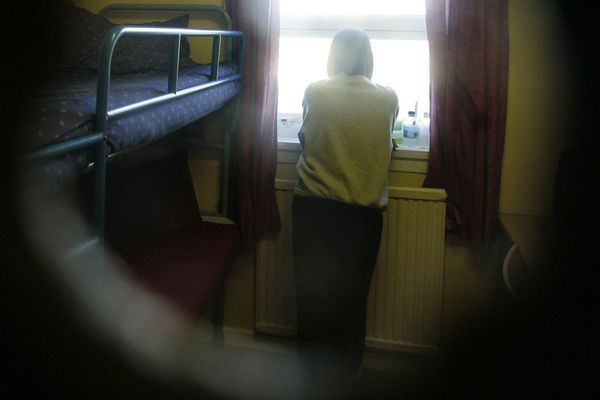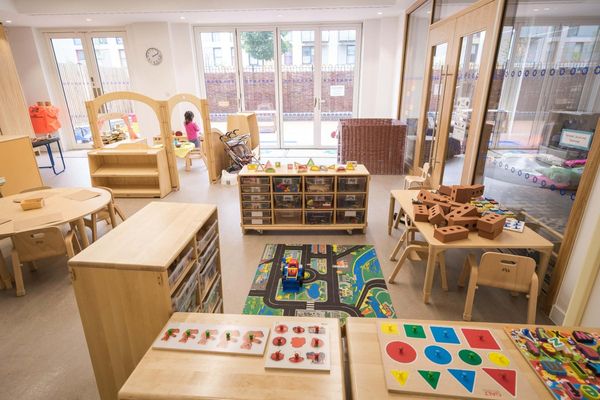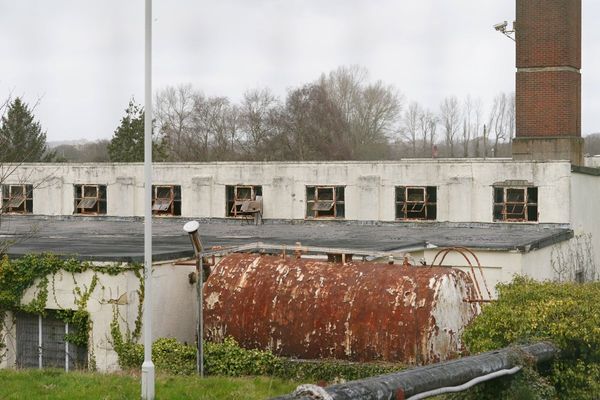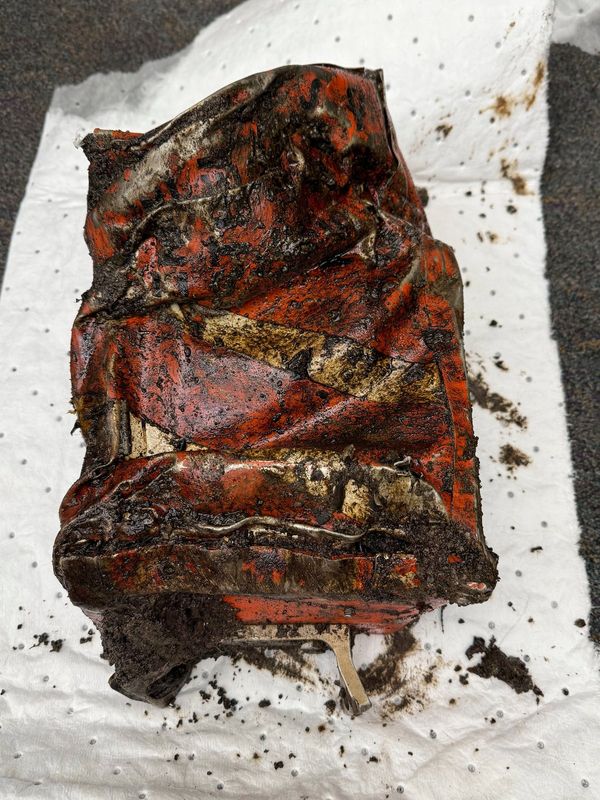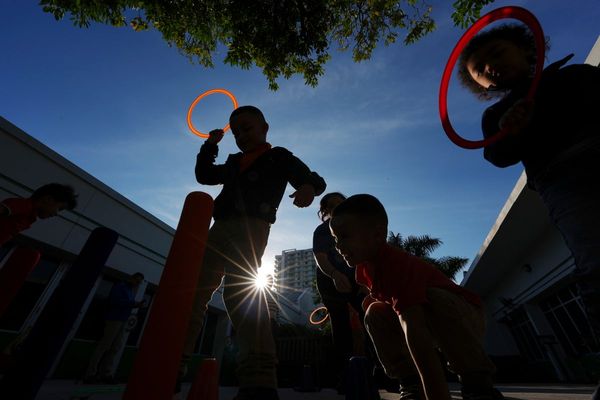
Tokyo Camii in Shibuya Ward, Tokyo, one of the largest mosques in Japan, has drawn popularity as an Instagrammable spot.
The first mosque in that location was built in 1938. It was rebuilt in 2000 into today's Tokyo Camii, with building materials and even technicians and engineers brought from Turkey. It is said to be the most beautiful mosque in East Asia.
Free tours inside the mosque often draw more than 100 participants, eager to take photographs with their smartphones of the magnificent dome and beautiful stained glass.

"We hope their visits help them learn about our beautiful Islamic culture," said Shigeru Shimoyama, 71, a spokesperson at Tokyo Camii.
"How beautiful!" Such were the exclamations from 41 second-year students of Omura High School in Nagasaki Prefecture as they looked at the dome and stained-glass windows. They were visiting the mosque as part of a school excursion in early December 2019.
The students were told about Islamic teachings and culture, and the history of the mosque by Shimoyama. They also observed worshippers praying there.

"I had an impression of Islam as scary, but I was made to realize that's a biased view," said Mayuna Kataoka, 17. She added with a smile, "I want to keep trying to learn about different cultures and understand them."
Tokyo Camii started free tours at the mosque in 2014, explaining points worthy of note there and the teachings of Islam. The number of participants is said to have increased gradually, thanks to word of mouth and other means, with sharp jumps in recent years.
According to a list of "free sightseeing spots popular among Japanese" released in November 2019 by the tourism website TripAdvisor, Tokyo Camii ranked fourth on the list of domestic destinations, after the guided tour at Japan Airlines' factories in Ota Ward, Tokyo, the tour at the Kurobe Dam in Toyama Prefecture and the tour at Nikka Whisky's Yoichi distillery in Hokkaido.
"We're able to experience the sensation of being in a foreign country while in central Tokyo. The visit [to the mosque] made me want to know more about the world of Islam," said a woman in her 30s from Taito Ward, Tokyo, who visited Tokyo Camii with the intention of uploading video clips of the mosque onto YouTube.
According to Shimoyama and others, the spots that have drawn attention for taking Instagrammable photos also include the words written in Arabic calligraphy -- seen everywhere inside the mosque -- and the geometrically patterned doors.
Shimoyama welcomes the spread of such content via social media.
"Bias is generated because a person doesn't know about something. I hope as many people as possible look at this beautiful mosque and increase their interest in Islam," Shimoyama said.
Read more from The Japan News at https://japannews.yomiuri.co.jp/

